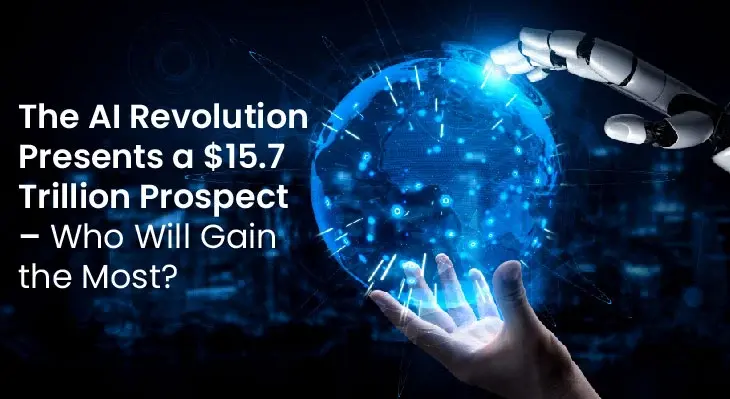The advancement in technology due to Machine Learning and Artificial Intelligence is evident. From small to established, 65% of companies say that Machine Learning has proved helpful for decision-making.
In fact, most C-level executives agree that Machine Learning and Artificial Intelligence are most helpful for 82% of risk management. In this article, we’ll explain innovation in AI and Machine Learning in detail. We’ll also take a look at their contribution to different industries and predict their future trends.
Read till the end to discover the mind-blowing future trends of Machine Learning and Artificial Intelligence.
Understanding Machine Learning and AI
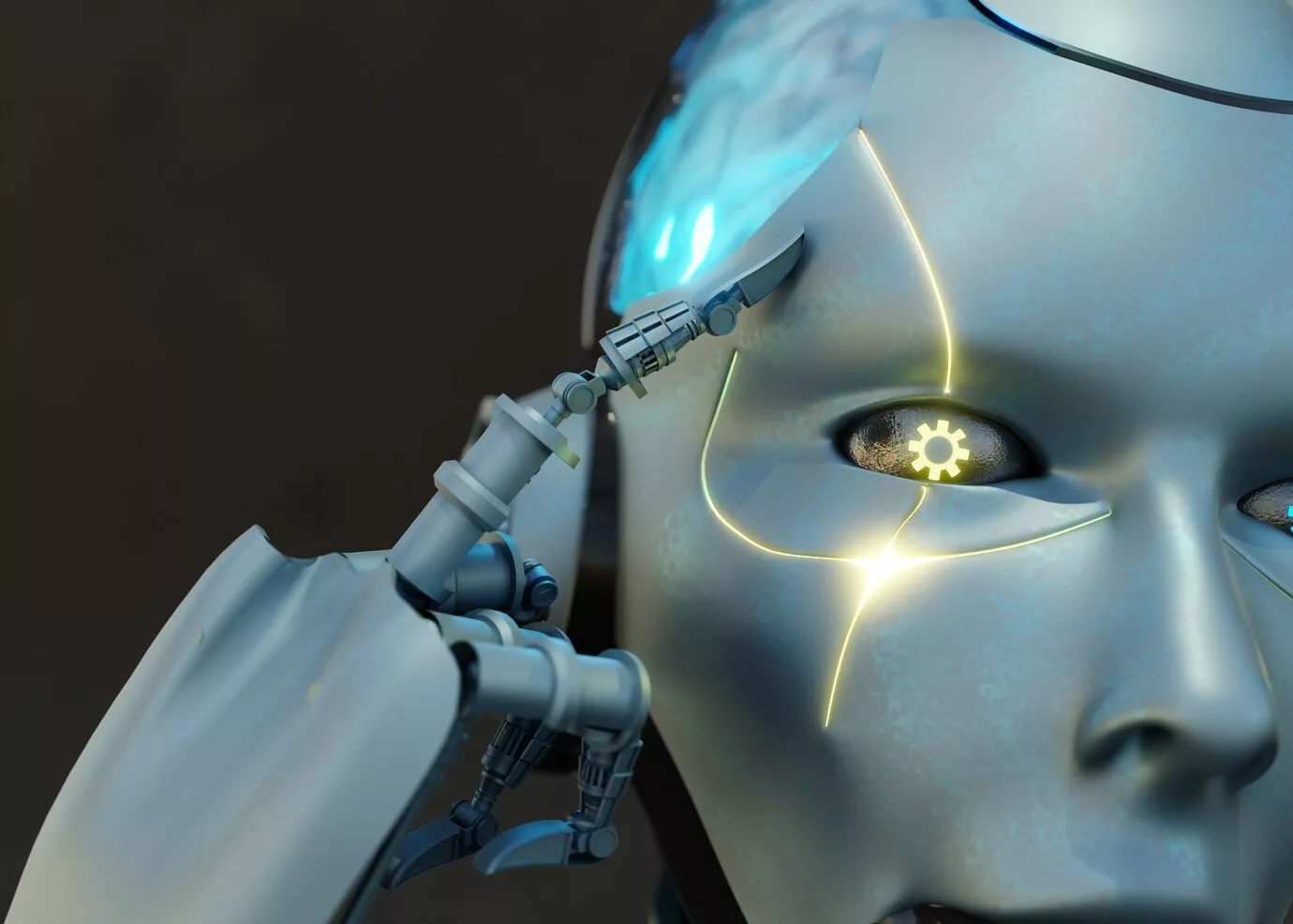
Machine Learning (ML) and Artificial Intelligence (AI) are two of the most transformative technologies. They are reshaping the way you interact with technology and revolutionizing industries across the board. Here’s a fundamental understanding of what Machine Learning and AI:
Machine Learning Defined
Machine Learning is a subset of AI. It focuses on creating algorithms and models that enable computers to learn from and make predictions or data-based decisions. Instead of relying on explicit programming, ML systems use data to improve their performance over time. In essence, they “learn” from experience.
The key components of Machine Learning are:
- Data: Data is the lifeblood of Machine Learning. It is structured (e.g., numerical data in a spreadsheet) or unstructured (e.g., text, images, audio). The quality and quantity of data significantly influence the effectiveness of ML algorithms.
- Algorithms: Algorithms are the mathematical models that process data and make predictions or decisions. They adapt and improve with the availability of more data.
- Training: ML models undergo a training phase, learning from historical data. During training, the algorithm adjusts its parameters to minimize prediction errors or discrepancies.
- Inference: Once trained, ML models make predictions or decisions when exposed to new, unseen data. This process is called inference.
Types of Machine Learning
Machine Learning is categorized into three main types:
- Supervised Learning: In this type, the model is trained on labeled data. This means the input data is paired with the correct output. The algorithm learns to make predictions based on this labeled dataset. Common applications include image classification and spam email detection.
- Unsupervised Learning: Unsupervised learning deals with unlabeled data. The goal is to uncover patterns or structures within the data. Clustering and dimensionality reduction are examples of unsupervised learning tasks.
- Reinforcement Learning: Reinforcement learning is about training agents to make sequential decisions to maximize a reward. It’s often used in autonomous systems, gaming, and robotics.
Artificial Intelligence: The Bigger Picture
Artificial Intelligence is a broader concept that encompasses Machine Learning. While ML focuses on training models to perform specific tasks, AI seeks to create systems exhibiting human-like intelligence and reasoning across various tasks.
AI includes areas like natural language processing (NLP), computer vision, speech recognition, and expert systems. These subfields aim to imbue machines with human-like understanding and interact with you in more intuitive ways.
Transforming Industries with Machine Learning and AI Technology
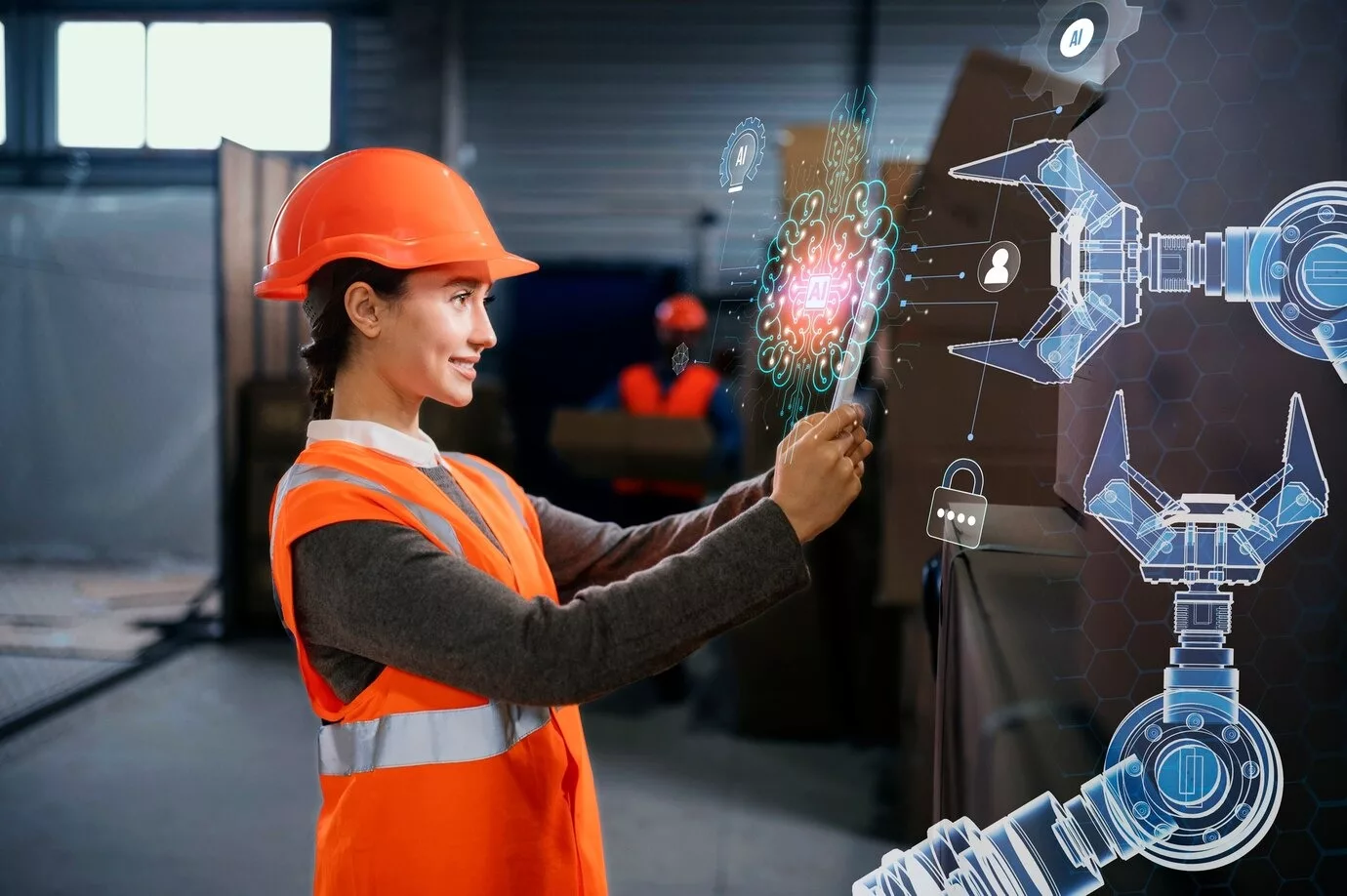
Innovation in Machine Learning and Artificial Intelligence bring transformations in various industries. These technologies potentially revolutionize how your business operates and deliver value to your consumers. Let’s explore how ML and AI are reshaping several key industries:
Healthcare
- Technology: In healthcare, ML and AI are enhancing diagnostics, patient care, and drug discovery.
- Diagnostic Assistance: ML algorithms analyze medical images like X-rays, MRIs, and CT scans, aiding doctors in the early detection of diseases and conditions.
- Personalized Treatment: AI-driven tools analyze patient data to recommend personalized treatment plans, considering individual genetics and medical history.
- Drug Discovery: ML models accelerate drug discovery by predicting potential compounds and their effectiveness, reducing development timelines.
Finance
- Technology: The financial sector benefits from AI-powered analytics, fraud detection, and algorithmic trading.
- Risk Assessment: ML algorithms assess borrower risk, improving credit scoring accuracy and reducing loan defaults.
- Fraud Detection: AI systems monitor transactions in real time, identifying suspicious activities and preventing fraud.
- Algorithmic Trading: ML models make lightning-fast trading decisions, leveraging big data to optimize portfolios and maximize returns.
Manufacturing
- Technology: Automation, predictive maintenance, and quality control are key areas AI impacted in manufacturing.
- Predictive Maintenance: ML algorithms predict equipment failures before they occur. It minimizes downtime and production disruptions.
- Quality Control: Computer vision systems inspect products for defects with precision, ensuring high-quality output.
- Supply Chain Optimization: AI optimizes supply chain operations, reducing costs and improving inventory management.
Transportation
- Technology: Self-driving vehicles, route optimization, and traffic management are some AI-driven advancements in transportation.
- Autonomous Vehicles: ML and AI power self-driving cars and trucks, promising safer and more efficient transportation.
- Route Optimization: AI algorithms optimize delivery routes for logistics companies, reducing fuel consumption and emissions.
- Traffic Management: Smart traffic systems use AI to alleviate congestion and improve traffic flow in cities.
Retail
- Technology: AI-driven personalization, demand forecasting, and inventory management transform the retail landscape.
- Personalized Shopping: ML algorithms analyze customer behavior and preferences to recommend products, enhancing the shopping experience.
- Inventory Optimization: AI predicts demand patterns, optimizing inventory levels and reducing overstock or stockouts.
- Loss Prevention: Computer vision systems and predictive analytics help prevent theft and reduce shrinkage in stores.
Enhancing User Experiences with Machine Learning and AI Technology
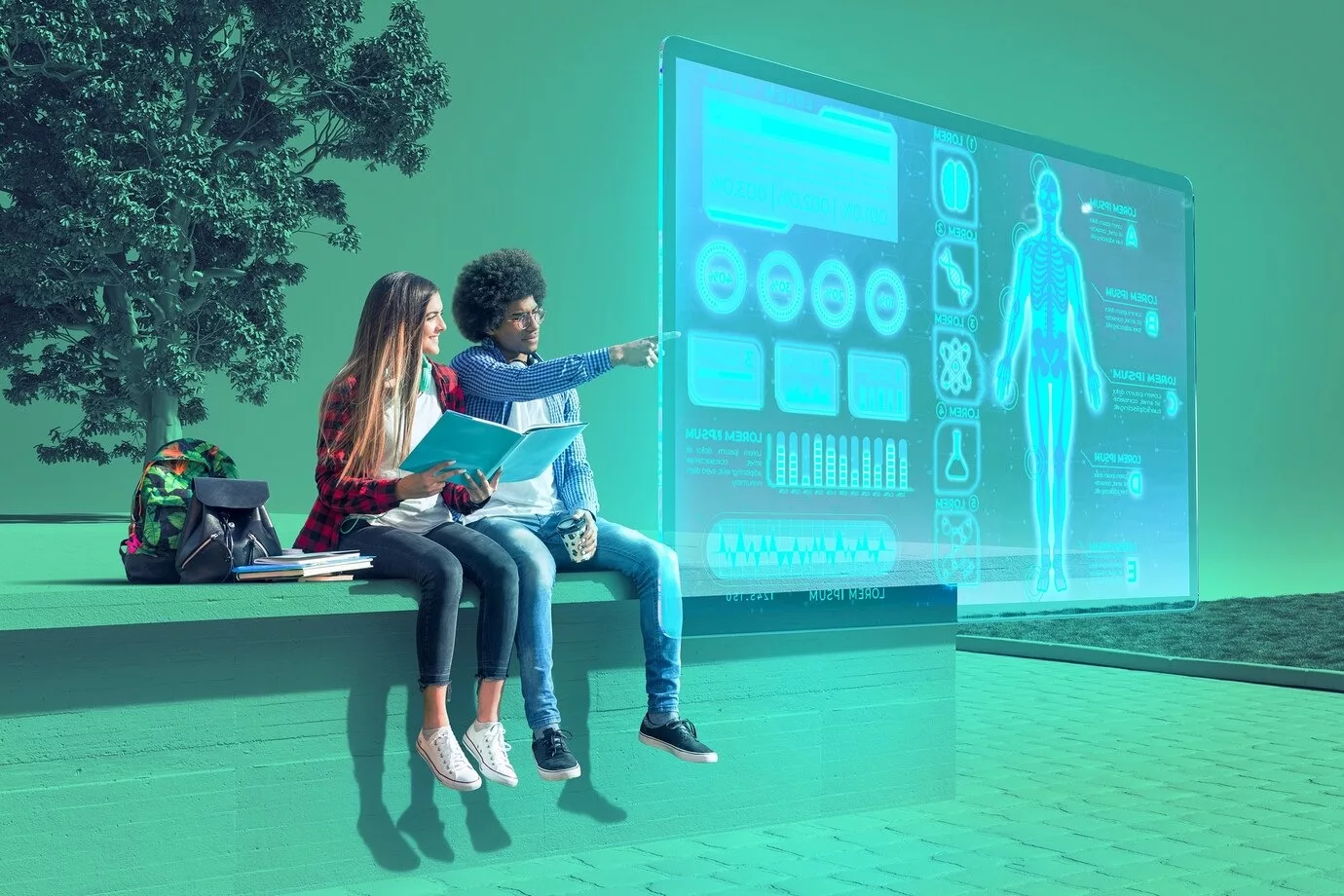
The quality of user experiences determines the success of your products and services. Machine Learning (ML) and Artificial Intelligence (AI) transform user interactions across various digital platforms. Let’s delve into how these technologies are enhancing user experiences:
Personalized Recommendations
- Technology: ML algorithms analyze user data to provide tailored recommendations.
- Entertainment Platforms: Streaming services like Netflix and music platforms like Spotify use AI to suggest content based on your preferences, leading to more engaging content consumption.
- E-commerce: Online retailers recommend products based on past purchases and browsing history, making shopping more convenient and enjoyable.
Smart Virtual Assistants
- Technology: AI-driven virtual assistants, like Siri and Alexa, offer natural language processing and voice recognition capabilities.
- Voice Commands: Users perform tasks like setting reminders, checking the weather, or controlling smart home devices simply by speaking to their virtual assistant.
- Contextual Responses: AI provides more relevant answers and assistance, making interactions feel more human-like.
Natural Language Processing (NLP)
- Technology: NLP algorithms enable machines to understand and respond to human language.
- Chatbots: AI-powered chatbots provide instant responses to customer inquiries on websites and messaging apps, improving customer service efficiency.
- Language Translation: NLP technology facilitates real-time language translation in applications, enabling global communication.
Predictive Analytics
- Technology: ML algorithms analyze historical data to make predictions and recommendations.
- Content Personalization: News websites and social media platforms use AI to curate users’ feeds, showing content they are more likely to engage with.
- Health and Fitness: Wearable devices employ predictive analytics to provide users with insights into their health, such as activity tracking and sleep patterns.
Enhanced Search
- Technology: AI-powered search engines understand user intent and provide more accurate results.
- E-commerce Search: Online stores employ AI to improve product search, helping users find exactly what they’re looking for faster.
- Enterprise Search: AI-driven search tools in business settings help employees locate documents and information efficiently.
Augmented Reality (AR) and Virtual Reality (VR)
- Technology: AI enhances AR and VR experiences through object recognition, spatial mapping, and user tracking.
- Gaming: AI algorithms make VR games more immersive by adapting to user movements and preferences.
- Retail and Real Estate: AR apps allow users to visualize products or properties in their real-world environment before making a purchase decision.
The Rise of Automation: New Innovation of Machine Learning and AI
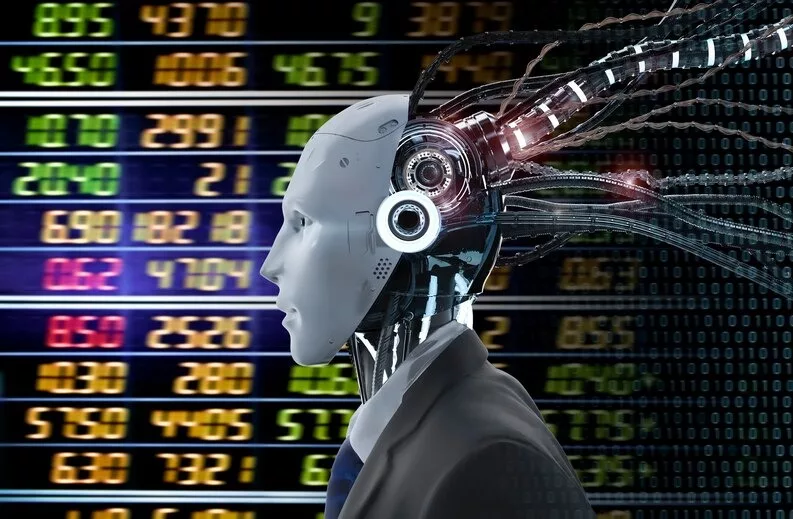
Automation, driven by Machine Learning (ML) and Artificial Intelligence (AI), is reshaping the way your business operates and manages processes. This surge in automation is not just about streamlining tasks but also about increasing efficiency, reducing errors, and freeing up human resources for more creative and strategic roles. Here are the significant impacts of automation in various sectors:
Manufacturing and Industry
- Technology: Robotics and AI-powered systems are used for production and quality control.
- Robotic Automation: Robots equipped with AI can handle repetitive and precise tasks, like welding and assembly, with high accuracy and speed.
- Predictive Maintenance: AI predicts machinery breakdowns, reducing unplanned downtime and costly repairs.
Customer Service
- Technology: Chatbots and virtual assistants handle routine inquiries and support tasks.
- 24/7 Support: AI-driven chatbots provide round-the-clock customer support, improving accessibility and responsiveness.
- Faster Issue Resolution: Automated systems can quickly identify and address common customer issues, enhancing customer satisfaction.
Finance and Trading
- Technology: Algorithmic trading and robo-advisors use AI to make data-driven investment decisions.
- Algorithmic Trading: AI algorithms execute trades at high speeds based on market data, increasing trading efficiency.
- Robo-Advisors: Automated investment platforms use AI to create and manage diversified portfolios for clients.
Logistics and Transportation
- Technology: Autonomous vehicles and route optimization systems improve efficiency and reduce costs.
- Self-Driving Vehicles: Autonomous trucks and cars equipped with AI technology offer safer and more efficient transportation.
- Route Optimization: AI optimizes delivery routes, reducing fuel consumption and environmental impact.
Agriculture
- Technology: Precision agriculture uses AI for crop management and monitoring.
- Crop Health Monitoring: Drones equipped with AI analyze crop health and identify areas requiring attention, improving yields.
- Automated Harvesting: Robots equipped with AI technology autonomously harvest crops, reducing labor costs.
Data Entry and Document Processing
- Technology: AI-powered software automates data entry and document extraction.
- Data Accuracy: Automation reduces the risk of manual data entry errors, ensuring data accuracy.
- Efficiency: AI processes large volumes of documents much faster than humans, saving time and resources.
Customer Relationship Management (CRM)
- Technology: Automated CRM systems manage customer data and interactions.
- Lead Scoring: AI assigns scores to leads based on their likelihood to convert, helping sales teams prioritize their efforts.
- Personalization: Automated CRM systems use AI to tailor marketing and customer communication, increasing engagement.
Future Trends and Possibilities in Machine Learning and AI Technology
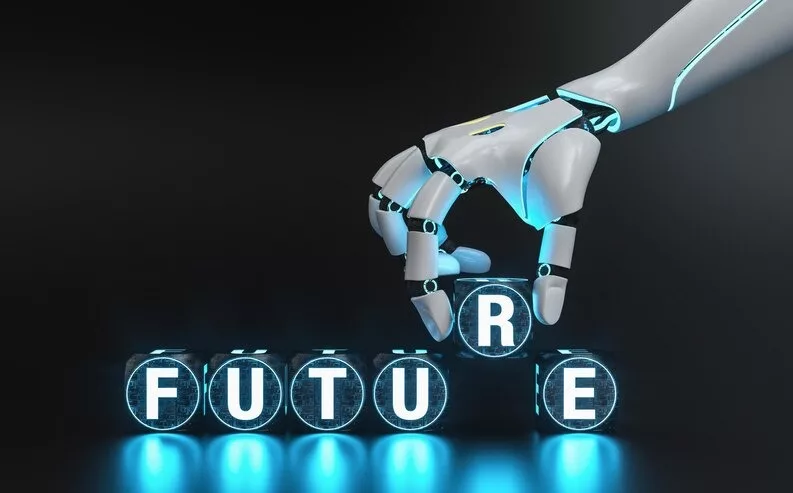
The future of Machine Learning (ML) and Artificial Intelligence (AI) holds exciting and transformative possibilities. These technologies enhance our daily lives and open up new horizons for innovation. Here are some key future trends and possibilities:
AI-Powered Healthcare Revolution
- Personalized Medicine: AI will enable the creation of highly personalized treatment plans, considering an individual’s genetics, lifestyle, and medical history.
- Drug Discovery Acceleration: AI-driven drug discovery processes will lead to the faster development of new medications and treatments.
- Remote Healthcare: Telemedicine, empowered by AI, will become more advanced, enabling remote diagnosis and treatment.
Autonomous Everything
- Fully Autonomous Vehicles: Autonomous cars, trucks, drones, and even flying taxis will become more common, revolutionizing transportation and logistics.
- Autonomous Robots: Robots will take on more roles in industries like manufacturing, healthcare, and agriculture, performing tasks with minimal human intervention.
AI in Education
- Personalized Learning: AI will customize educational content and pace to each student’s needs, improving learning outcomes.
- Tutoring Bots: AI-driven chatbots will provide instant tutoring and support to students, making education more accessible.
AI in Environmental Conservation
- Climate Modeling: AI will help model and predict climate change impacts more accurately, aiding in mitigation efforts.
- Wildlife Conservation: AI-powered drones and cameras will assist in wildlife monitoring and anti-poaching efforts.
AI in Creative Industries
- AI-Generated Art and Music: AI algorithms will create art, music, and content, blurring the lines between human and machine creativity.
- Content Creation: AI-driven content generation will be used in marketing, journalism, and entertainment.
Quantum Machine Learning
- Quantum Computing: Quantum computers will accelerate ML and AI processes, solving complex problems much faster than classical computers.
- Quantum AI Algorithms: New AI algorithms designed for quantum computers will enable breakthroughs in fields like cryptography and materials science.
AI-Enhanced Cybersecurity
- Adaptive Threat Detection: AI will continuously adapt to evolving cyber threats, bolstering network security.
- AI-Driven Hacking: Cyber attackers will employ AI to carry out more sophisticated and automated attacks.
Human-Machine Collaboration
- Cobots: Collaborative robots (cobots) will work alongside humans in factories and workplaces, augmenting human capabilities.
- AI Assistants: AI-powered virtual assistants will become even more integrated into daily life, assisting with tasks and decision-making.
AI in Space Exploration
- Autonomous Spacecraft: AI will enable spacecraft to autonomously navigate, explore celestial bodies, and make real-time decisions.
- Space Colonization: AI-driven technologies will play a crucial role in planning and sustaining human colonies on other planets.
The future of AI and ML is filled with possibilities that extend beyond what we currently imagine. With the innovation in AI and Machine Learning, their impact on society and industry will be profound. It’s an era of ongoing discovery and exploration, where AI and ML are leading us toward a future limited only by our imagination and ethical considerations.


